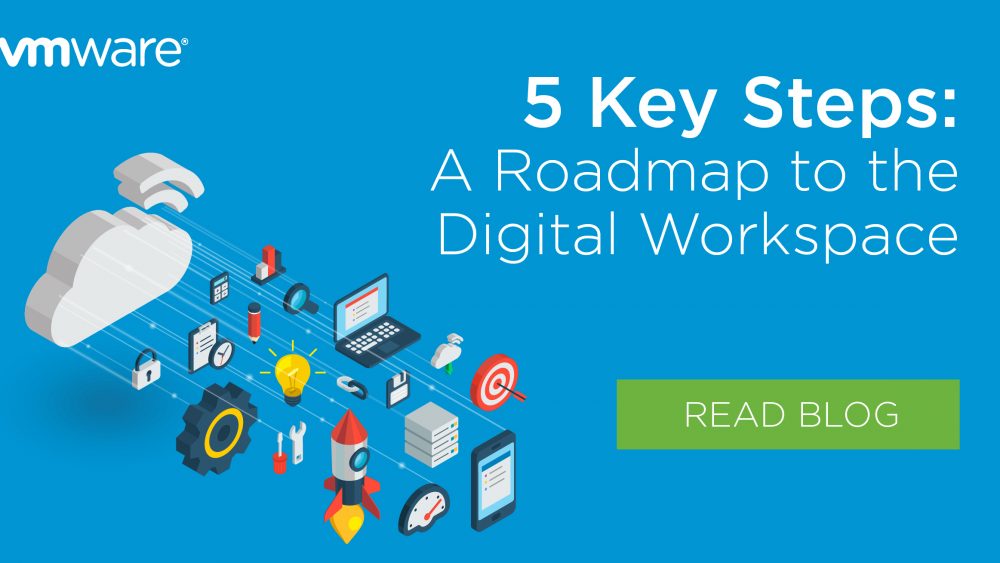DISCLAIMER: this article is older than one year and may not be up to date with recent events or newly available information.
Digital transformation is sweeping across the business landscape. No industry is exempt from the shift toward simple, consumer-like experiences across a wide range of mobile devices. Add the rapid growth of applications, data, and cloud technologies, and it’s clear: It’s time to implement new solutions to help you tackle immediate challenges, and prepare for what’s next.
To support the modern workforce, customers, and business initiatives, there are a few priorities to consider:
- Unified endpoint management for better visibility and faster deployment
- Analytics that turn your team from reactive to proactive
- How to adopt new trends, like the Internet of Things (IoT)
It can seem overwhelming, but it doesn’t have to be. With the right approach, you can move toward delivering a digital workspace that both frees you up to focus on innovation, and gives your workers the resources they need to support the goals of the business. Let’s take a closer look.
*Relevant: Download Digital Workspace Basics For Dummies iPaper
A Roadmap for IT
Recently, several VMware customers shared their stories with us about why and how they adopted a digital workspace. Their experiences revealed 5 key steps you can take to empower your workforce to be productive and efficient anytime, anywhere.
1. Adopt user-centric, unified platforms. Today’s workers expect the ability to have consumer-simple experiences at their fingertips. With a digital workspace, you can let them choose the apps and devices they need to get work done.
2. Set the tone for tighter security. Modern threats are no joke—especially with all the devices and applications to keep track of. Unified endpoint management can help keep everything secure.
3. Integrate IoT to maximise business efficiencies. In a recent report from Juniper Research, an estimated 38 billion devices will be connected to the IoT by 2020. By planning for it now, you can get a valuable head start.
4. Leverage intelligent analytics to understand usage and anticipate user needs. With the right analytics, you can spot new, old, and emerging patterns to make more informed decisions. And with enough visibility, you can more accurately plan for the future.
5. Support mobility both internally and out in the field. Modern workers can’t be constrained to traditional desks, offices, and devices anymore. To make the most of every mobile moment, they need to work on their own devices, whenever and wherever they can.
By taking these steps on your journey to digital transformation, you’ll build a solid foundation for the future of your organisation.
Get free resources below to learn more:
Category: News & Highlights
Tags: cloud, Digital transformation, digital workspace, vmware





No comments yet